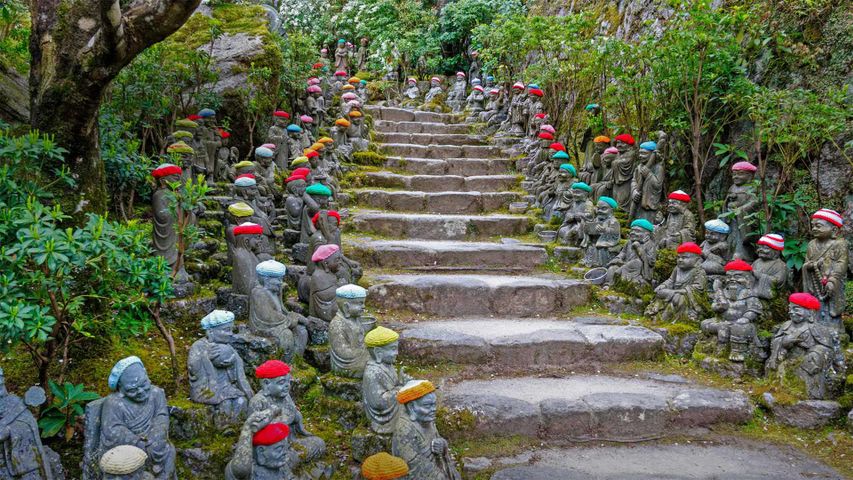Aït Benhaddou, Atlas Mountains, Morocco
© Alex Cimbal/Shutterstoc
At the gates of the ksar
At the eastern edge of the Atlas Mountains in Morocco, Aït Benhaddou stands suspended in time. The ancient mud-brick ksar (fortified city) was first built roughly 1,000 years ago, catering to those travelling along the camel train trade route between the Sahara Desert and the city of Marrakech. Although none of the remaining buildings are believed to pre-date the 17th century, they are thought to have been built using the techniques and designs from a much earlier period.
As a prime example of Moroccan earthen clay architecture, Aït Benhaddou has been a Unesco World Heritage Site since 1987. It's no longer teeming with the large numbers of people who once lived there. But there are small markets and a few families within the ancient city who cater to the visitors who come to walk its historic streets.
As a symbol of Morocco's enduring history, Aït Benhaddou would be a fine place to reflect upon the events of 11 January 1944, when Moroccan nationalists issued a public proclamation calling for the independence of their country, an audacious action that sparked the movement that would end colonialism by 1956.
Related Images
Bing Today Images
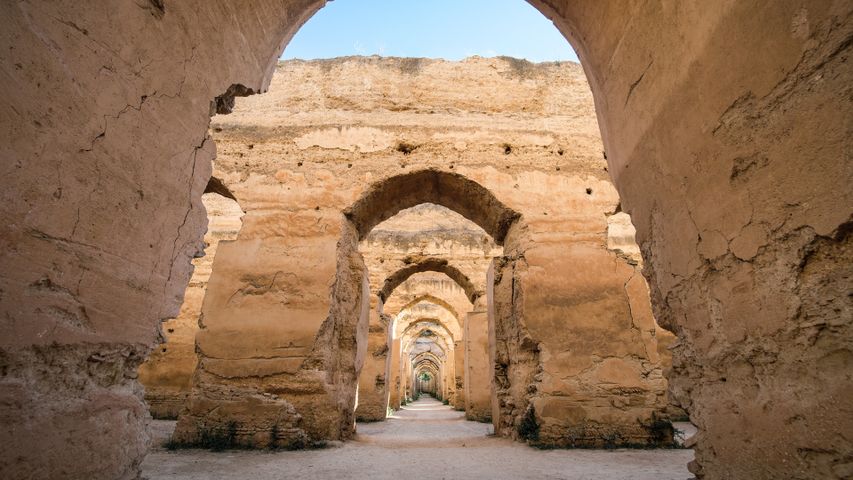

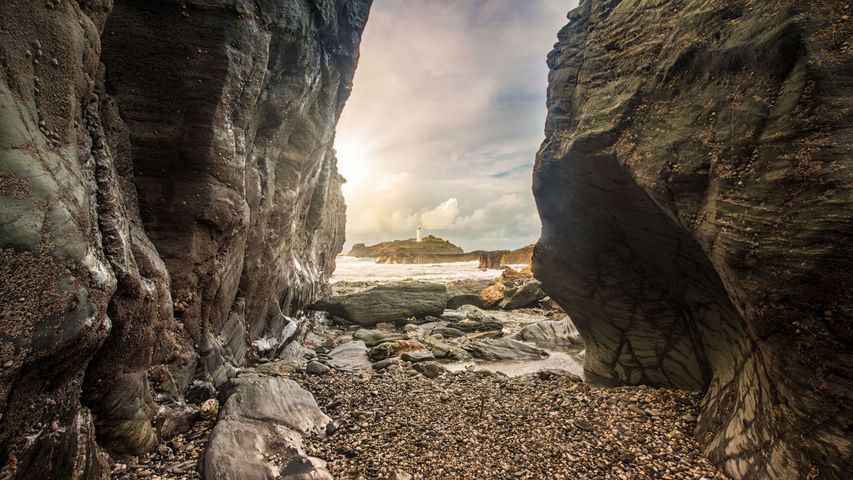

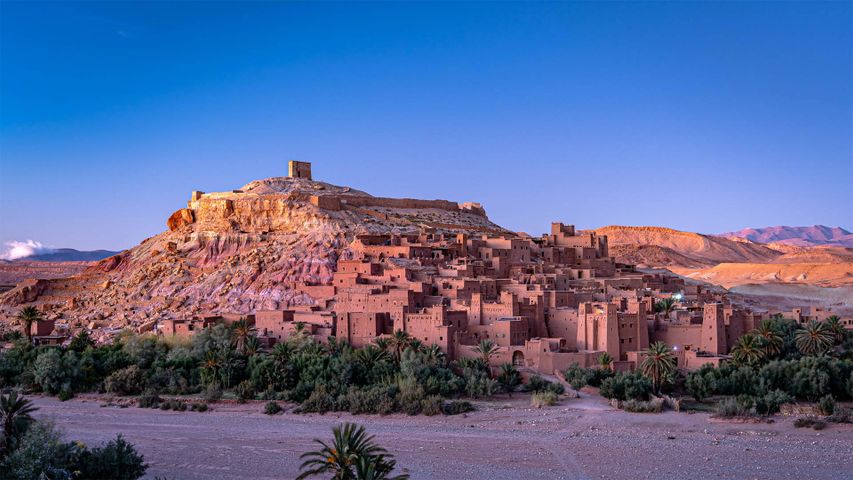
 Seceda, a peak in theDolomites, South Tyrol, Italy
Seceda, a peak in theDolomites, South Tyrol, Italy
 Delicate Arch, Arches National Park, Utah
Delicate Arch, Arches National Park, Utah
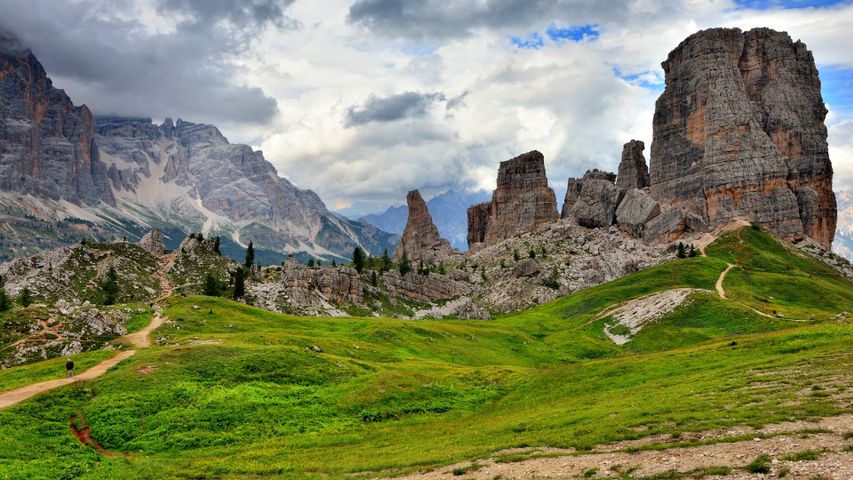 Cinque Torri, Dolomites, Italy
Cinque Torri, Dolomites, Italy
 Chisos Mountains, Big Bend National Park, Texas, United States
Chisos Mountains, Big Bend National Park, Texas, United States
 Yoho National Park, British Columbia, Canada
Yoho National Park, British Columbia, Canada
 Zion National Park, Utah, United States
Zion National Park, Utah, United States
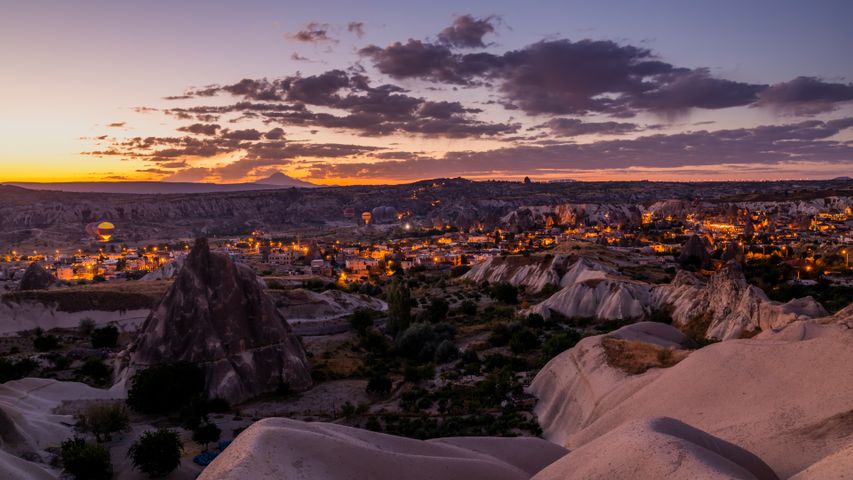 Hot air balloons over Göreme Historical National Park in Cappadocia, Türkiye
Hot air balloons over Göreme Historical National Park in Cappadocia, Türkiye
 Kachina Bridge, Natural Bridges National Monument, Utah, United States
Kachina Bridge, Natural Bridges National Monument, Utah, United States
